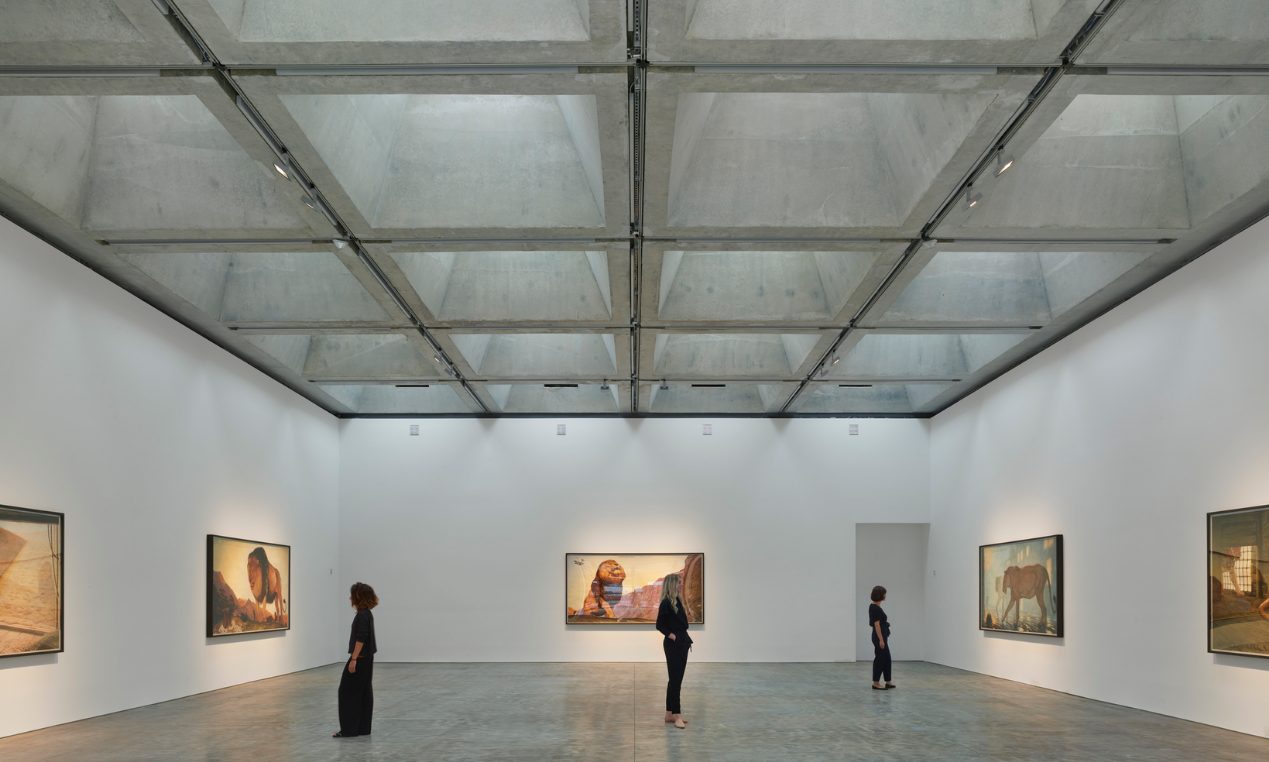
If a lighting fixture meets the requirements for a gallery or museum, it’s good enough for any other application
Museums and galleries require top quality lighting fixtures as well as a thoroughly planned lighting scheme to best display the artifact, artwork, or experience. As a leading international specialist in architectural lighting, ERCO understands the importance of museum & gallery lighting applications. By dedicating an entire portion of the lighting tools to museum and gallery lighting, they have become the premier lighting choice for galleries and museums around the world.
Keep scrolling to see some of our favourite museums and galleries featuring our brand partner, ERCO.

National Gallery, Singapore
The Singapore National Gallery is an art museum that houses a unique collection of Singaporean and Southeast Asian Art. In addition, exhibition halls dedicated to travelling exhibit feature some of the world’s top artists. A flexible track lighting system by ERCO ensures that light fixtures are flexible and adjustable as well as providing the adequate beam precision, colour temperature, and colour rendering for the object to appear as it is intended to be viewed.

Museum Ara Pacis, Rome
The Museum of Ara Pacis houses the Ara Pacis of August, an ancient monument that was initially inaugurated on January 30, 9 B.C. The lighting system of the Museum went through a complete revamp, converting to LED bulbs by Erco. Parscan spotlights are utilised throughout the smaller rooms as well as the main hall, while the entire system is controlled by Casambi Bluetooth Control.

The Mills, Hong Kong
The Mills is a gentrified former manufacturing plant in Tsuen Wan, Hong Kong that has been converted to a unique lifestyle destination. The Mills features resident Hong Kong artists in an experiential format, meaning lighting is highly dependent on the vision of the artist.

Kasmin Gallery, New York City
The Kasmin Gallery in New York City was founded by Paul Kasmin, an avid collector of fine art. Promoting both contemporary artists and some of the most influential artists of the 20th century, the architects involved lighting design very early in the stage of developing the space. While natural lighting is a key aspect of the space, flexible artificial track lighting supplements the lighting schemes as the exhibitions change.



